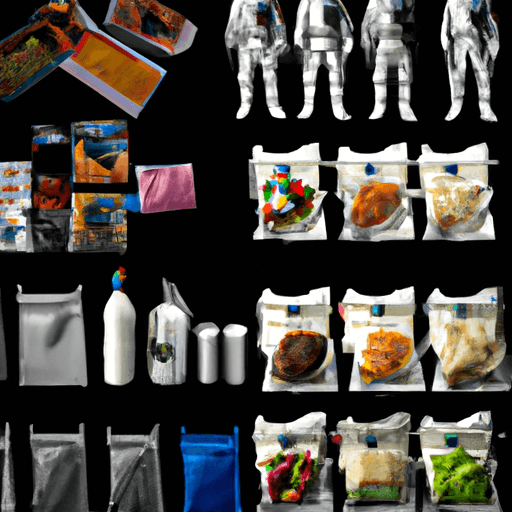The Influence of Astronaut Food on Everyday Cuisine
Astronaut food, considered an innovation of the 20th century’s space race, has surprisingly influenced the cuisine we consume at our dinner tables. The development of meals fit for space travel has brought the world a host of food technology inventions, many of which have been integrated into everyday food production.
The History of Astronaut Food
The inception of space food traces back to the early days of human spaceflight. The first astronauts in the early 1960s were given pureed foods packed in aluminum tubes, which could last for days without any requirement of refrigeration. However, the quality of this food was seen as a major drawback to the otherwise epic adventures in space. As a result, food science began to evolve to meet the nutritional needs, taste preferences, and comfort factors of astronauts in microgravity environments.
Innovations in Food Technology
The practical realities of eating in a zero-gravity environment led to significant advancements in food preservation and packaging. Tactics such as freeze-drying and dehydrating food allowed for longer shelf life and easier storage. But perhaps the most significant breakthrough was the invention of retort packaging, a method that allows food to be sterilized, sealed, and stored at room temperature— a technology that you can now find widely used in products like canned soups and ready-to-eat meals.
Impact on Everyday Cuisine
With convenience becoming a central focus in our fast-paced society, many techniques used to prepare astronaut food have filtered down into our everyday eating. Packets of instant noodle soups, microwavable meals, and snack bars, for example, all owe their existence in part to the inventions precipitated by space cuisine. Even the simple act of vacuum-sealing food for freshness is a concept directly borrowed from food preparations for space travel.
Future Impact on Culinary World
As we look towards the future, the challenges of long-term space travel may propel further advancements in food technology. Cultivating food in space, long shelf-life meals, nutritional advancements, and sustainable food options are all areas currently being explored by NASA and other space agencies. The innovations that emerge from these efforts are likely to have far-reaching implications, not only for our astronauts but also for the way we prepare and consume food on Earth.

















Comments
Leave a Comment